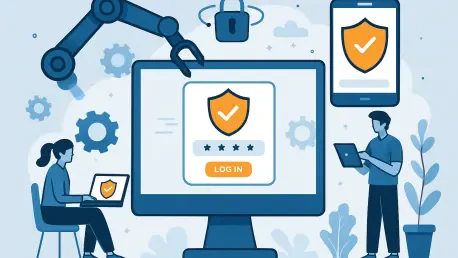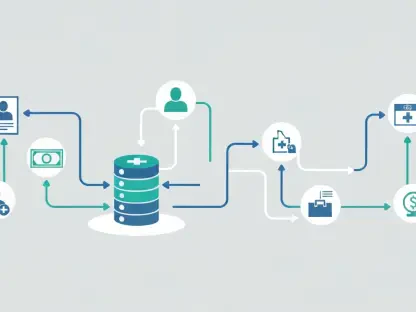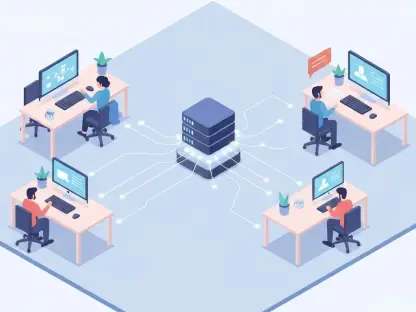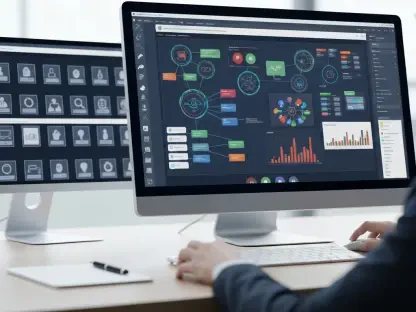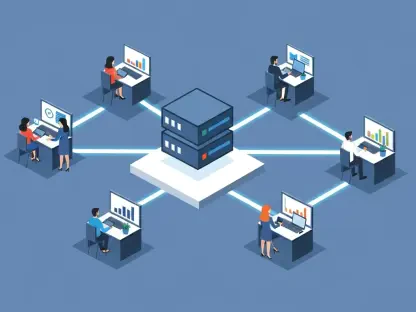In the fast-paced world of software development, Vijay Raina stands out as an expert in enterprise SaaS technology and architectural design. His insights into the automation of Multi-Factor Authentication (MFA) systems, particularly within regulated industries, make him a valuable voice in the conversation about maintaining security without sacrificing efficiency.
What is Multi-Factor Authentication (MFA), and why is it considered a key component in modern software development?
MFA serves as a crucial line of defense in modern software security. By requiring multiple forms of verification, MFA ensures that even if one layer of defense is compromised, the user’s account or sensitive transaction remains protected. This added layer of security is essential, especially in a world where data breaches are increasingly common, making MFA an indispensable component in software development.
How does MFA enhance security within applications, particularly in regulated industries such as finance, healthcare, and e-commerce?
In industries like finance, healthcare, and e-commerce, where data protection is not just a priority but a regulatory requirement, MFA plays a vital role. It helps prevent unauthorized access to sensitive information, thereby safeguarding both the user and the organization against potential breaches. Its implementation helps these industries comply with regulatory standards while maintaining consumer trust.
What challenges do developers face when incorporating MFA into automated testing environments?
Incorporating MFA into automated testing environments presents numerous challenges. The primary issue is handling dynamic and time-sensitive MFA codes programmatically, which can introduce errors. This complexity is compounded when attempting to simulate real-world conditions without compromising the test environment’s integrity, making it a tricky puzzle for developers to solve.
Can you elaborate on the complexity of automating workflows that involve MFA?
Automating workflows with MFA involves addressing several intricate processes. Handling MFA codes programmatically is difficult due to their ephemeral nature and security requirements. Errors can arise from failures in retrieving or validating these codes within the given time constraints, often necessitating manual intervention, which disrupts the automation workflow.
How does manual retrieval of MFA codes disrupt automation and slow down development cycles?
Manual retrieval is akin to hitting a speed bump in the development cycle. When automated processes are forced to pause for manual code entry, it not only delays testing but also introduces human error. These disruptions can cascade through the development cycle, resulting in longer release times and increased costs.
What risks are associated with altering testing environments to accommodate MFA?
Modifying testing environments to accommodate MFA often leads to significant risks, including potential misconfigurations that could affect production systems. This misalignment can compromise the security and reliability of a product, introducing vulnerabilities that might not be immediately apparent but can have severe consequences.
Why is realistic testing important when dealing with MFA, and what challenges arise in simulating production-like conditions?
Realistic testing is crucial as it helps uncover issues that would only manifest in a live environment. However, creating such an environment is fraught with challenges, as it requires intricate back-end modifications. These modifications can result in behavior that’s different from production systems, potentially masking real issues or generating false positives.
What are some common methods companies use to automate E2E tests that involve MFA flows?
Companies use various tactics like mocking MFA services, using environment-specific configurations, and bypassing with test user accounts. Mocking can simplify testing but might not fully replicate real conditions. Environment-specific setups risk misconfigurations, and using non-MFA test accounts removes security layers, which might not mirror real-world scenarios accurately.
Why is it important for automation methods to closely mirror production environments?
Having automation that mirrors production environments is vital to identify actual issues before they occur in a live setting. This mirroring ensures that tests reveal genuine vulnerabilities, giving teams confidence that the software will perform reliably and securely under real-world conditions.
How do APIs help address the challenges of automating MFA workflows without making changes to the environment?
APIs provide a seamless way to retrieve MFA codes automatically, bypassing the need for environment alterations. They allow the integration of secure, automated workflows that handle MFA with precision, reducing the risk of error and maintaining consistency with production environments.
What are the benefits of automated MFA code retrieval through APIs?
APIs streamline the process by automating MFA code retrieval, minimizing manual intervention and potential errors. They offer secure self-service key management, enabling developers to access and manage API keys efficiently. Detailed documentation further accelerates the integration process, allowing teams to adopt these solutions swiftly.
In what ways does integrating APIs into testing and CI/CD pipelines streamline automation?
Integrating APIs provides seamless automation, retaining robust security while minimizing configuration risks. This approach enables efficient CI/CD pipelines by removing manual steps and reducing opportunities for error, thus maintaining a high standard of security and efficiency in software development.
How do API-driven approaches to MFA automation bridge the gap between rigorous testing and real-world security requirements?
API-driven solutions offer a balance between realistic testing and high security. They automate the verification processes crucial for comprehensive testing while ensuring that security protocols remain strong, thus providing a robust defense mechanism without compromising testing efficacy.
What advantages do companies gain by using MFA automation APIs in terms of production-like testing scenarios?
These APIs allow companies to conduct thorough and realistic production-like testing, helping to pinpoint issues and vulnerabilities in a controlled environment. This foresight ensures that production environments remain secure, reducing the risk of vulnerability exploitation once software is live.
How do these advances allow development teams to focus better on delivering high-quality features?
By automating the cumbersome aspects of MFA, development teams can redirect their energy and resources towards innovation and quality feature development. This shift bolsters the ability to maintain high standards while improving the user experience.
Do you have any advice for our readers?
Embrace automation cautiously and ensure it aligns closely with real-world conditions. As security and efficiency continue to be priorities, integrating APIs thoughtfully can provide the tools needed to navigate complexity while maintaining a strong security framework.
